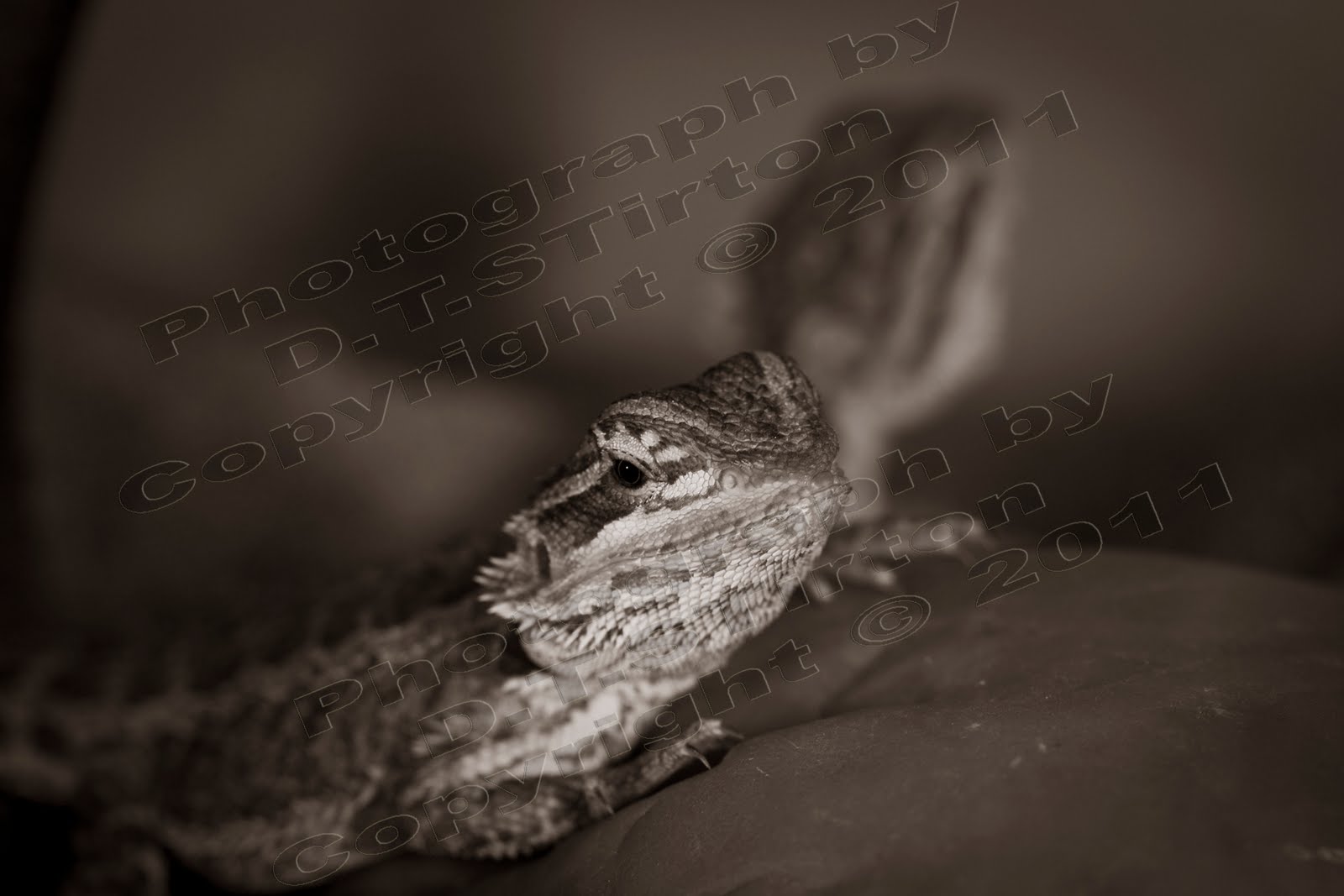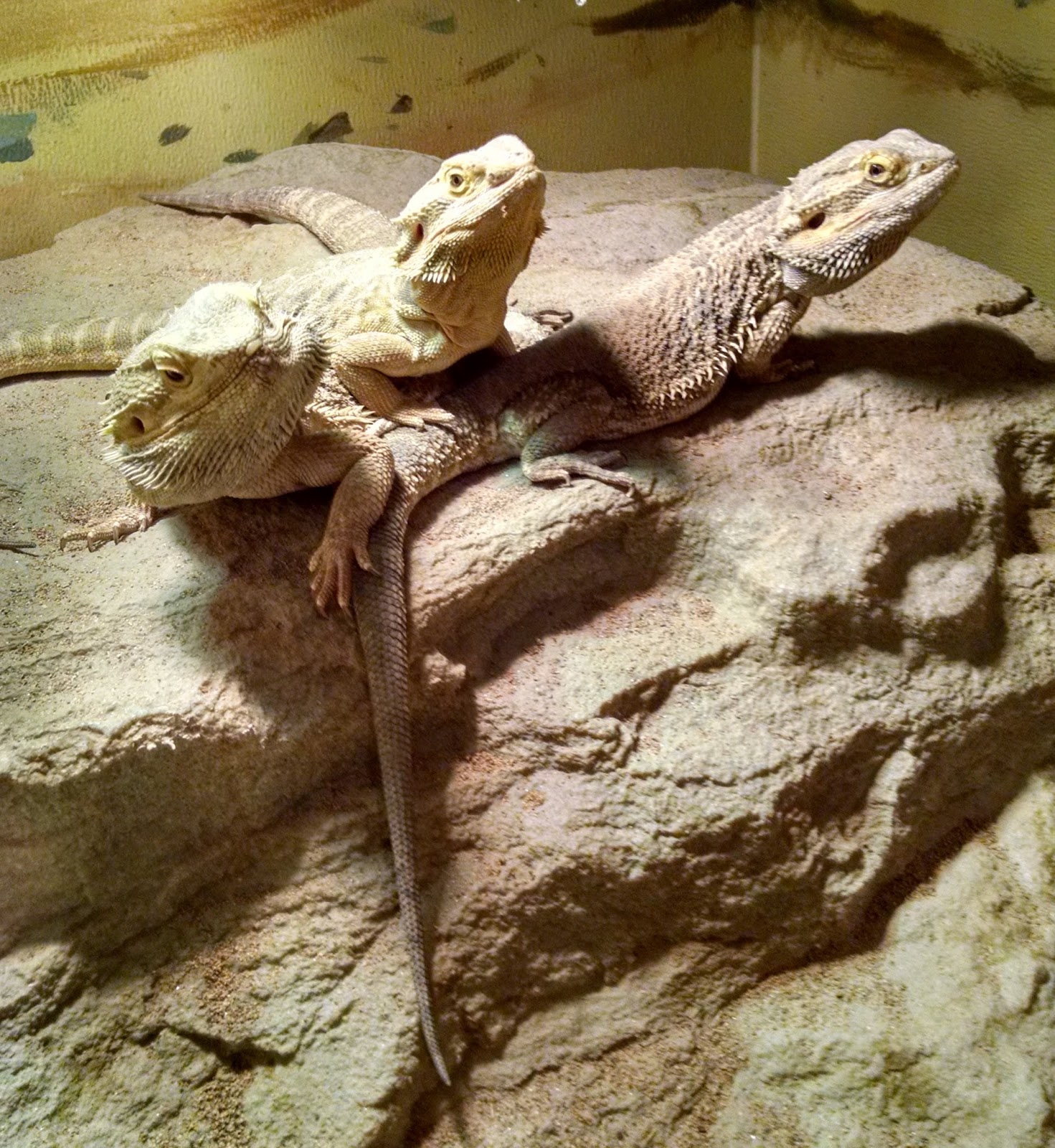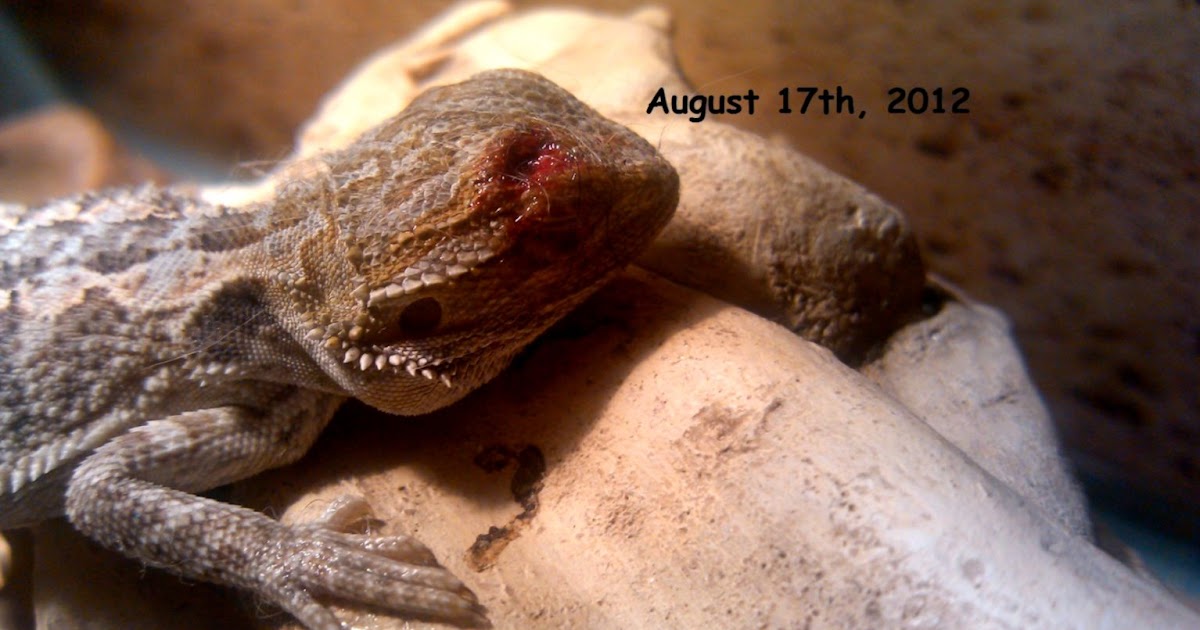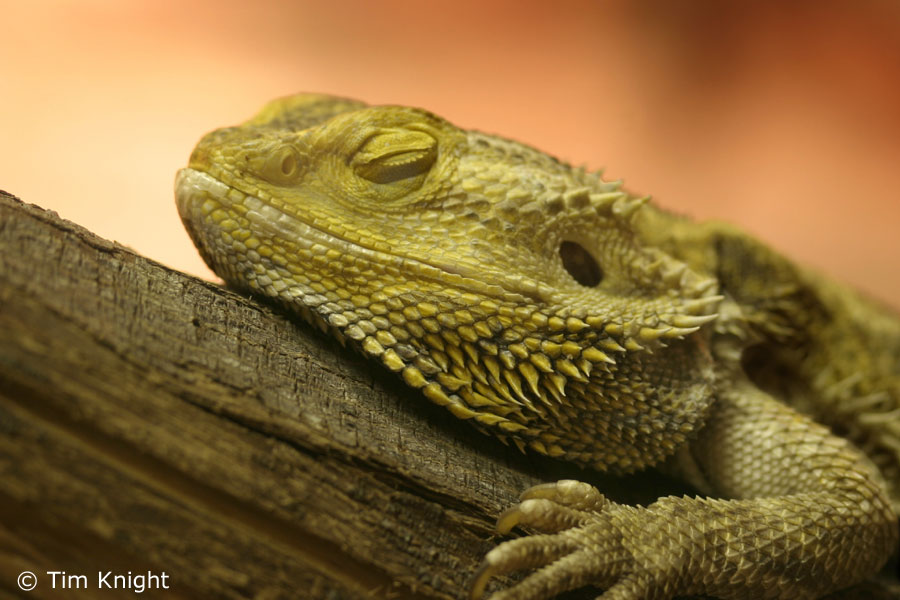10 Ways to Determine if Your Bearded Dragon is Male or Female
10 Ways to Determine if Your Bearded Dragon is Male or Female
Bearded dragons are fascinating reptiles that make great pets for beginners. One question most new owners have is whether their bearded dragon is male or female. It’s important to know your bearded dragon’s gender as it affects their care requirements and behavior. In this article, we’ll discuss 10 ways to determine if your bearded dragon is male or female.
1. Look at the Bearded Dragon’s Pores

One of the easiest ways to determine your bearded dragon’s gender is by looking at their pores. Male bearded dragons have larger femoral pores on their underside than females. These pores secrete a waxy substance that helps attract a mate. If you see many enlarged pores, your bearded dragon is likely male.
2. Check for Hemipenal Bulges

Another way to determine a bearded dragon’s gender is by checking for hemipenal bulges. Male bearded dragons have two bulges at the base of their tail, while females do not. These bulges are where the male bearded dragon stores his reproductive organs.
3. Look at the Bearded Dragon’s Tail Base
Male bearded dragons have wider, thicker tails at the base than females. This is because the male’s reproductive organs are located in the base of their tail. Females have a thinner, more tapered tail base.
4. Examine the Bearded Dragon’s Head Shape

Male bearded dragons have a wider, more triangular head shape than females. This is because their head is larger and more muscular, which helps them attract a mate and assert dominance.
5. Look at the Bearded Dragon’s Beard (Pogona)

The bearded dragon’s beard, or pogona, is another indicator of gender. Male bearded dragons have larger, darker beards than females, especially during breeding season. Females may display a lighter color or no discernible color at all.
6. Observe the Bearded Dragon’s Behavior
Male and female bearded dragons exhibit different behaviors. Males are more territorial, aggressive, and likely to head bob or arm wave to display dominance. Females are more docile, laidback, and less likely to exhibit these behaviors.
7. Check for Reproductive Activity

If your bearded dragon is exhibiting reproductive activity, it’s a good indicator of gender. Male bearded dragons may breed with females, produce sperm plugs, or try to mate with inanimate objects. Females may lay eggs or exhibit nesting behavior.
8. Look at the Bearded Dragon’s Size

Male bearded dragons are typically larger than females, especially in length and weight. This is because males have a faster metabolism, which allows them to grow faster and larger. Females may also have a larger girth due to egg production.
9. Check for Preanal Pores

Male bearded dragons have two preanal pores located near the vent. These pores are used for scent marking and are absent in females. If you see two clearly defined pores, your bearded dragon is likely male.
10. Have a Veterinarian Examine Your Bearded Dragon

If you’re still unsure about your bearded dragon’s gender, the best option is to have a veterinarian examine your pet. A veterinarian can perform a physical exam, take blood samples, or perform radiographs to determine your bearded dragon’s gender with high accuracy.
Conclusion
Determining the gender of your bearded dragon is an important step in pet care. By following these 10 ways to determine if your bearded dragon is male or female, you can ensure your pet is receiving the appropriate care and living happily.
